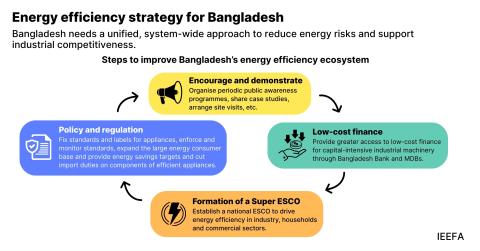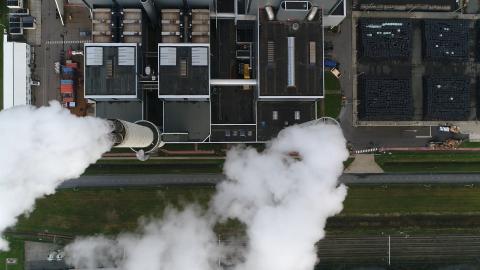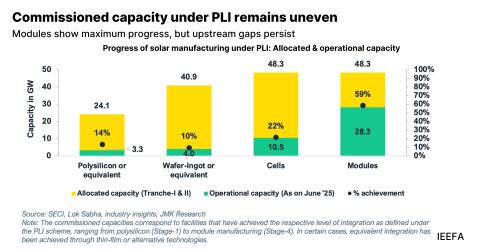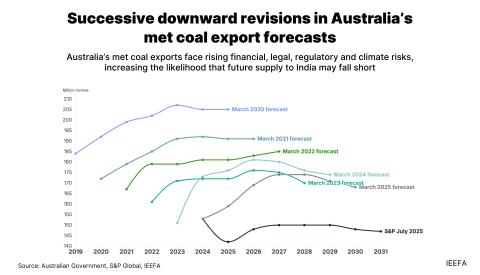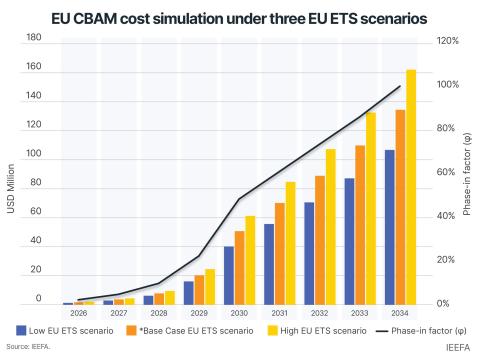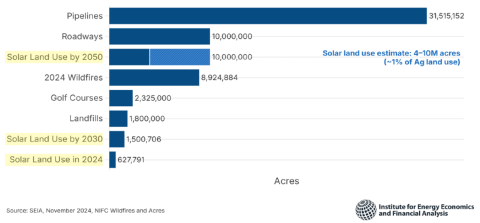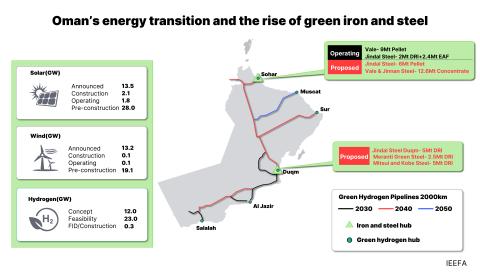
Key Findings
Despite reduced carbon capture and storage (CCS) targets in the UK’s most recent Carbon Budget, the reliance on this unproven and expensive technology remains a high-risk strategy.
Some £408 billion will be required by 2050 to install and operate CCS infrastructure in the UK.
More than £50 billion of subsidies has been earmarked to support projects that together only account for 8% of the UK’s 2050 CCS target. About 75% of CCS subsidies will be paid by consumers through environmental levies.
Low UK carbon prices mean there is little incentive for polluters to install CCS projects.
Executive Summary
In the Seventh Carbon Budget, the UK Climate Change Committee (CCC) reduced the country’s 2050 annual carbon capture and storage (CCS) target by 30% to 73 million tonnes of carbon dioxide (MtCO2). CCS nonetheless remains a core pillar of the UK’s net-zero pathway. The unproven and expensive technology is expected to support a 17% reduction of the UK’s 2023 emissions by 2050.
The CCC forecasts that CCS will be used more for engineered removals – including biomass energy with CCS and direct air CCS – than any other sector. Engineered removals is expected to account for 45% of the UK’s emissions capture and storage target by 2050, despite it being technically unproven and the highest-cost CCS solution.
Potentially £408 billion will be required over the next 25 years to install and operate CCS infrastructure within the UK. An average of £5 billion will be needed annually by 2030 to reach the CCC’s 13 MtCO2 CCS target for that year. This increases to an average of £19 billion per year between 2031 and 2050.
Enormous government subsidies will be required to support projects. There is little economic incentive for polluters to install CCS facilities as carbon prices in the Emissions Trading Scheme are too low. Over £50 billion of subsidies has been earmarked to support projects that together only account for 8% of the 2050 CCS target.
UK CCS subsidies will be paid for by consumers. Environmental levies that support Renewables Obligation and Contracts for Difference payments for CCS operators will be 75% financed through additional electricity bill charges. This is at a time when UK households and businesses are already struggling with high electricity prices.
Meanwhile, polluters are being let off the hook. UK carbon prices are expected to remain low due to government-led distortions. UK Emissions Trading Scheme revenues are forecast to fall from £6 billion in the 2023-24 financial year to £1.8 billion by 2029-30. This constitutes £21 billion of lost revenues over the next six years if it had stayed at the 2023-24 price. Environmental levies are expected to increase by £23 billion over the same period.



